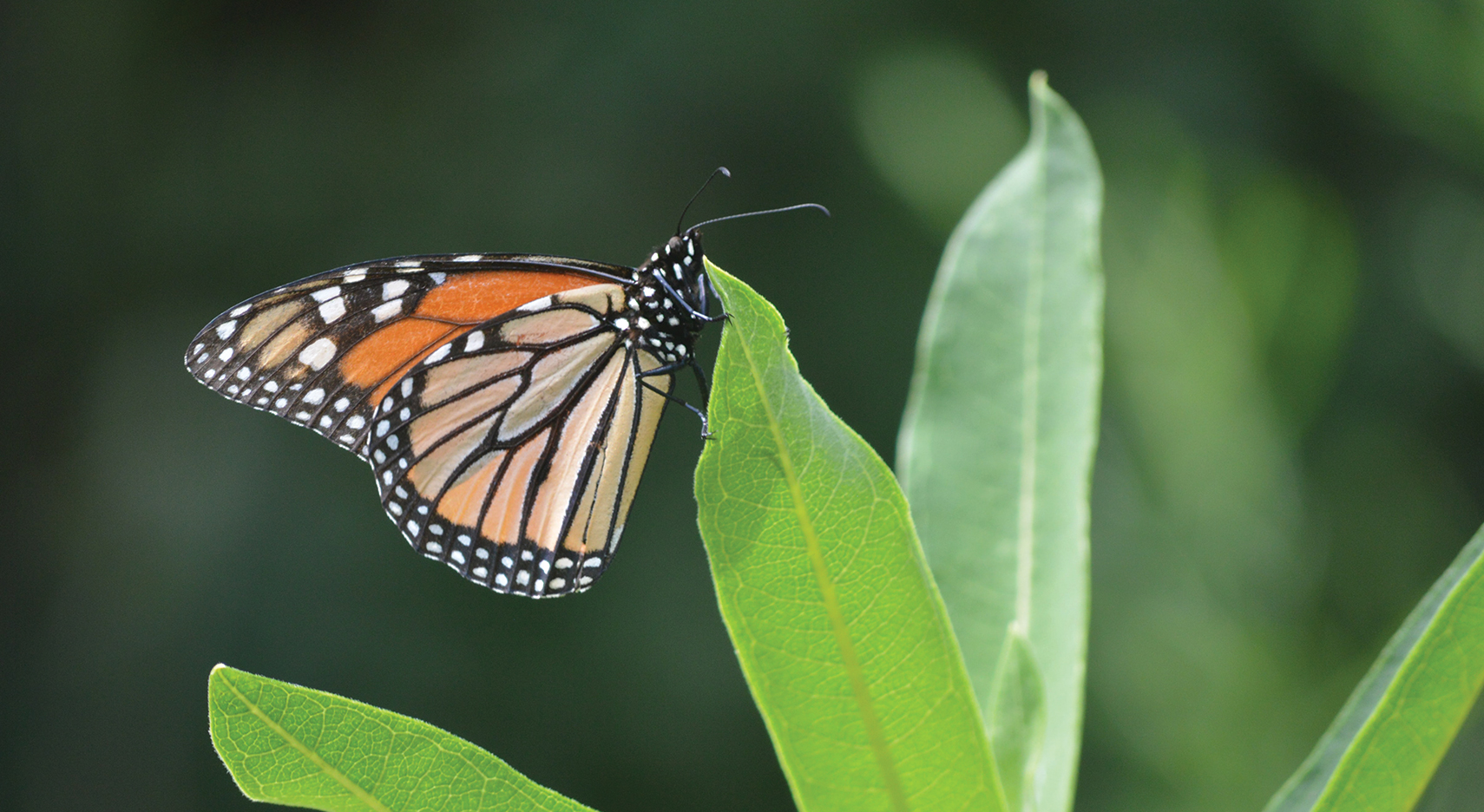Cabell Challenge funds Support Research
January 25, 2021
By
University Advancement Staff

William & Mary’s ability to offer its students and faculty top-notch research opportunities hinges on access to state-of-the-art science instrumentation. In 2015, The Robert G. Cabell III and Maude Morgan Cabell Foundation issued a unique challenge to the university community as part of the For the Bold campaign: raise $1 million to purchase and update essential equipment for use in the newest wing of the Integrated Science Center (ISC), and the foundation will match it with a $500,000 grant. A total of 450 donors rose to the challenge and the resulting infusion of $1.5 million is already at work, enhancing research and teaching in the sciences.
The Cabell Challenge funds have allowed William & Mary to purchase over 40 pieces of state-of-the-art science and computational equipment, from a portable spectroradiometer to a methylmercury analyzer to a circular dichroism spectrometer, in order to support a variety of projects — one of which is the university’s groundbreaking effort to conserve and support the endangered monarch butterfly. The project involves genetic research on the declining milkweed plant, the monarch’s primary host species. A small army of undergraduate and graduate researchers are driving this work, sampling milkweed in the field, mapping the milkweed genome, and using the new portable spectroradiometer to identify critical variations in milkweed chemistry.
“I’m working with students here to build the first population model for milkweed so that we can closely examine its life cycle and which herbivores, including monarchs, have the biggest impact on the plant. That type of research hasn’t been done in milkweed,” says Assistant Professor of Biology Harmony Dalgleish. Dalgleish is on a team of biologists who are using the university’s herbarium milkweed records to study the dwindling eastern migration of the monarch butterflies from Mexico to Canada.
Located in a greenhouse at the top of the Integrated Science Center, the herbarium houses over 81,500 specimens representing the majority of the regional vascular plant species, including milkweed. This collection contains valuable information that could pinpoint reasons for the monarchs’ migratory decline. It has been generated by a combination of faculty and student research, exchanges with other herbaria and gifts from individuals and agencies.
“Maintaining and investing in the collection is a strength for William & Mary, even though we’re a smaller school. It’s an opportunity to train students in collecting and the importance of these natural history collections as well,” says Dalgleish.
Undergraduate and graduate students conduct research using the herbarium and contribute to the monarch butterfly project. In 2018, one graduate researcher, David De La Mater, was awarded both the William & Mary Interdisciplinary Award for Excellence in Research and a Graduate Research Fellowship from the National Science Foundation for his investigation into the regional variations of common milkweed and their relationship to monarchs.
The work of another researcher, Jack Boyle, a Mellon Foundation postdoctoral fellow of environmental science and policy at William & Mary, was recently published in the journal PNAS (Proceedings of the National Academy of Sciences of the United States of America) with co-authors Dalgleish and Assistant Professor of Biology Josh Puzey. Boyle’s work, which shows that genetically modified crops are not the main culprit for the decline of milkweed, not only advances this important science, but helps raise William & Mary’s reputation in the scientific community.
Boyle explained that the team’s key finding is there is still much more research to do. Monarchs are still dying off at a disturbing rate. Over the past 25 years, the migratory population of the monarch has experienced a drastic decline, as much as 80 percent, the paper states.
“I think the main takeaway from this paper is if we really want to understand why milkweed is declining and why the monarch is declining, we need to figure out what is going on with that other 80 percent not explained by our model,” Puzey says. “What is causing this massive variation is simply not explained by these agricultural parameters.”